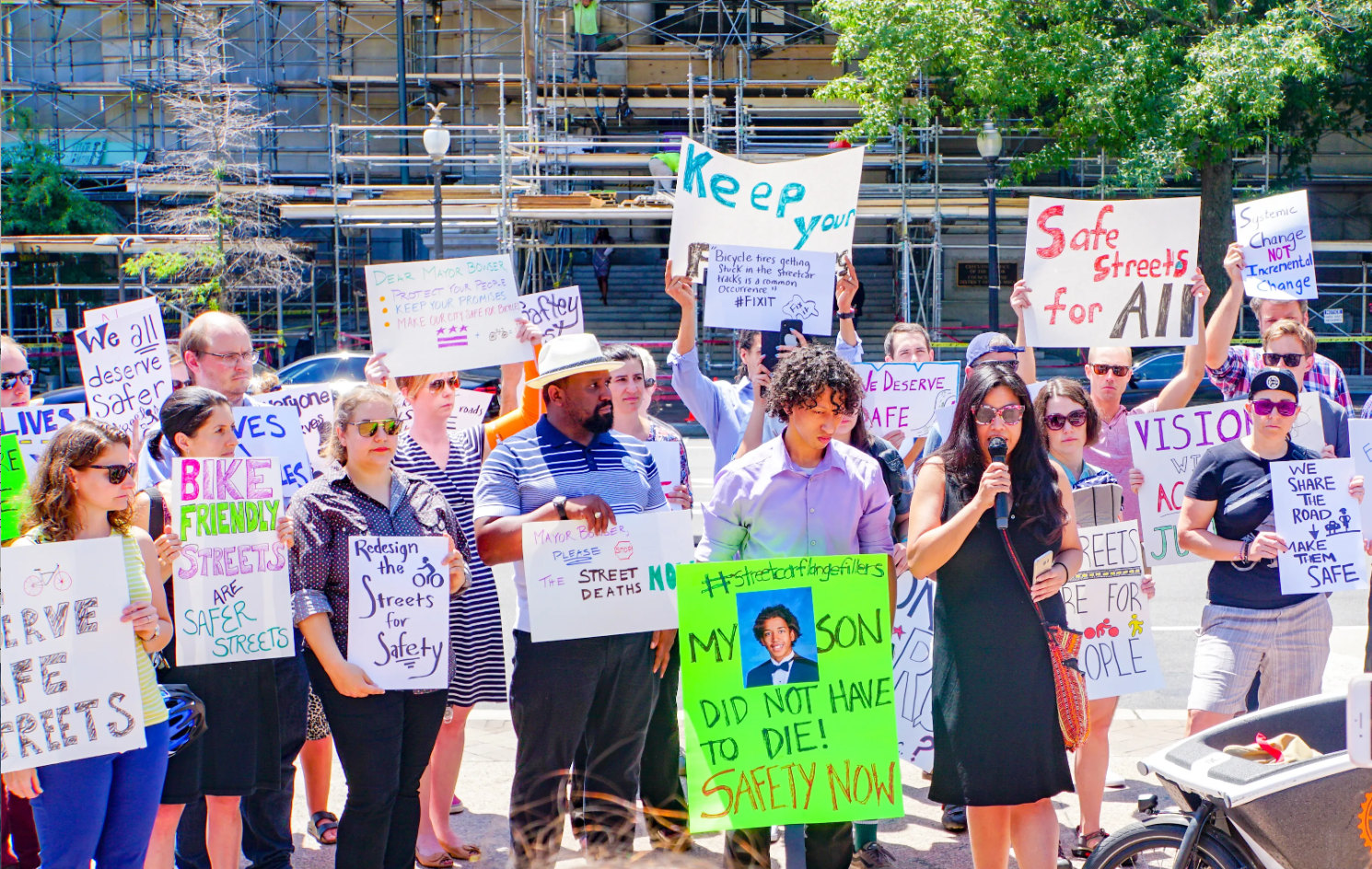Is your neighborhood designed to make people healthy or sick? With the right characteristics, the place where you live could add years to your life.

In 2004, Dan Buettner, CEO of the Blue Zones Project, partnered with researchers from National Geographic to study the places around the world that enjoy the greatest longevity. They found that what distinguishes places like Ikaria, Greece, and Okinawa, Japan, are environments and cultural attributes that foster community, family life, connectedness, and physical activity.
The team boiled down their research to nine principles for longevity and health. The number one principle? "Move Naturally."
"The world’s longest-lived people don’t pump iron, run marathons or join gyms," the researchers wrote. "Instead, they live in environments that constantly nudge them into moving without thinking about it."
Now the Blue Zones Project -- run by Healthways, a company focused on improving health, in partnership with AARP, Wellmark Blue Cross Blue Shield, and the Walkable and Livable Communities Institute -- is trying to create cities and towns that promote wellness across the U.S.
More than a dozen places, from the Los Angeles suburbs to small-town Iowa, have been designated as "Blue Zone" communities. The partnership is helping these places advance complete streets, walking school buses, and safe routes to school. The program also focuses on goals like gardening, volunteering, smoking cessation, and providing access to fresh food.
"Seventy percent of our health outcomes are predicted by our behaviors and our environment," said Laura Jackson of Wellmark, which insures 2 million people in Iowa and South Dakota, during a seminar at the New Partners for Smart Growth Conference taking place this week in Kansas City. "We searched around the world to try to find the magic bullet."
Jackson has been working with Iowa Governor Terry Branstad to help make the state the healthiest in the U.S. Iowa -- home to Blue Cross Blue Shield -- has four communities that are Blue Zones.
Blue Zones matches up communities with the Walkable and Livable Communities Institute to help make their infrastructure conducive to healthy living and physical activity, by shifting the focus from designing for autos to designing for walking and social interaction.
Three Los Angeles suburbs -- Hermosa, Redondo Beach, and Manhattan Beach -- all took part in a Blue Zones planning process in 2010. The cities developed a livable streets plan and a bicycle master plan, which included the construction of a walking corridor along the main commuter thoroughfare. Ten local schools also instituted "walking buses" -- groups of kids who walk to school together with a chaperone. The communities also outlawed smoking in public places and encouraged healthy menu choices at restaurants.
A follow-up Gallup poll found that health has indeed been improving in these beach communities. The study found that smoking had declined almost 4 percent while regular exercise rose 6 percent.
“It is moving the needle in the ways that are literally improving the well-being of thousands of residents within the beach cities,” Dan Witters, principal at Gallup, told the Los Angeles Times.





